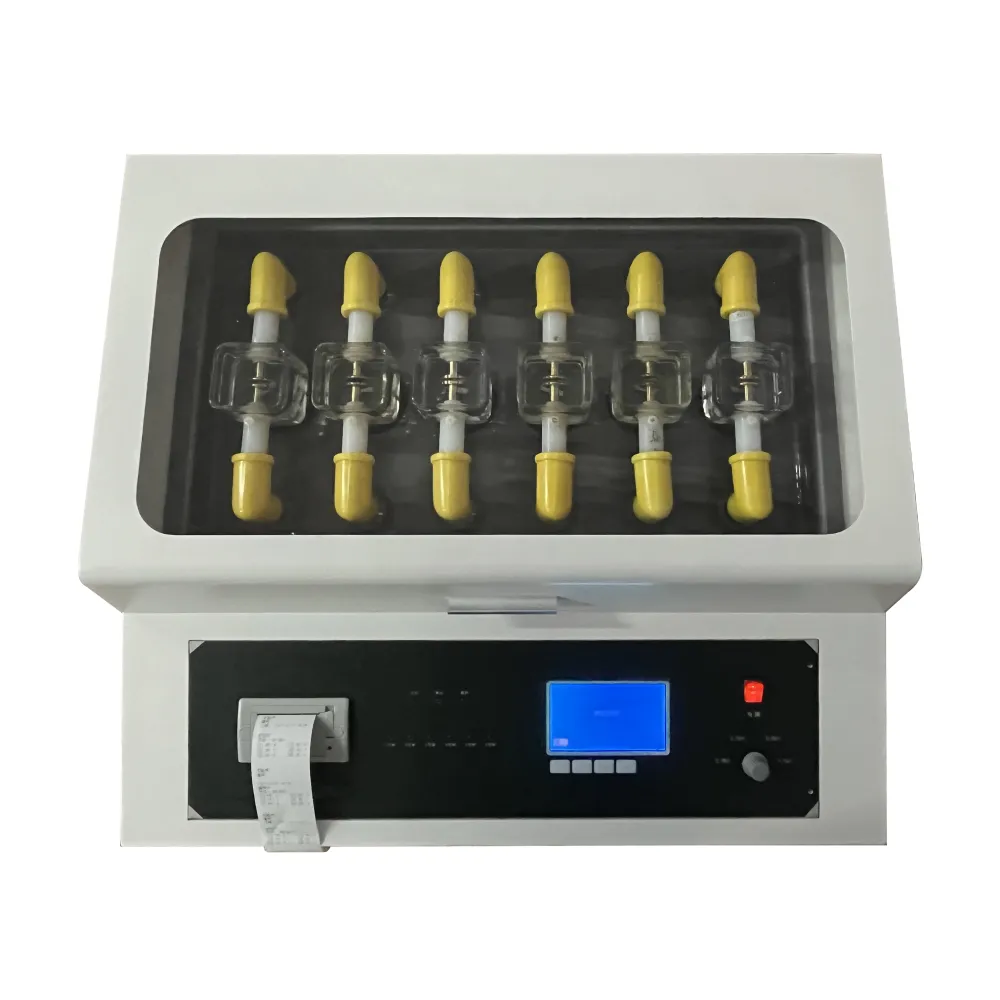 English
English



-
 Afrikaans
Afrikaans -
 Albanian
Albanian -
 Amharic
Amharic -
 Arabic
Arabic -
 Armenian
Armenian -
 Azerbaijani
Azerbaijani -
 Basque
Basque -
 Belarusian
Belarusian -
 Bengali
Bengali -
 Bosnian
Bosnian -
 Bulgarian
Bulgarian -
 Catalan
Catalan -
 Cebuano
Cebuano -
 China
China -
 China (Taiwan)
China (Taiwan) -
 Corsican
Corsican -
 Croatian
Croatian -
 Czech
Czech -
 Danish
Danish -
 Dutch
Dutch -
 English
English -
 Esperanto
Esperanto -
 Estonian
Estonian -
 Finnish
Finnish -
 French
French -
 Frisian
Frisian -
 Galician
Galician -
 Georgian
Georgian -
 German
German -
 Greek
Greek -
 Gujarati
Gujarati -
 Haitian Creole
Haitian Creole -
 hausa
hausa -
 hawaiian
hawaiian -
 Hebrew
Hebrew -
 Hindi
Hindi -
 Miao
Miao -
 Hungarian
Hungarian -
 Icelandic
Icelandic -
 igbo
igbo -
 Indonesian
Indonesian -
 irish
irish -
 Italian
Italian -
 Japanese
Japanese -
 Javanese
Javanese -
 Kannada
Kannada -
 kazakh
kazakh -
 Khmer
Khmer -
 Rwandese
Rwandese -
 Korean
Korean -
 Kurdish
Kurdish -
 Kyrgyz
Kyrgyz -
 Lao
Lao -
 Latin
Latin -
 Latvian
Latvian -
 Lithuanian
Lithuanian -
 Luxembourgish
Luxembourgish -
 Macedonian
Macedonian -
 Malgashi
Malgashi -
 Malay
Malay -
 Malayalam
Malayalam -
 Maltese
Maltese -
 Maori
Maori -
 Marathi
Marathi -
 Mongolian
Mongolian -
 Myanmar
Myanmar -
 Nepali
Nepali -
 Norwegian
Norwegian -
 Norwegian
Norwegian -
 Occitan
Occitan -
 Pashto
Pashto -
 Persian
Persian -
 Polish
Polish -
 Portuguese
Portuguese -
 Punjabi
Punjabi -
 Romanian
Romanian -
 Russian
Russian -
 Samoan
Samoan -
 Scottish Gaelic
Scottish Gaelic -
 Serbian
Serbian -
 Sesotho
Sesotho -
 Shona
Shona -
 Sindhi
Sindhi -
 Sinhala
Sinhala -
 Slovak
Slovak -
 Slovenian
Slovenian -
 Somali
Somali -
 Spanish
Spanish -
 Sundanese
Sundanese -
 Swahili
Swahili -
 Swedish
Swedish -
 Tagalog
Tagalog -
 Tajik
Tajik -
 Tamil
Tamil -
 Tatar
Tatar -
 Telugu
Telugu -
 Thai
Thai -
 Turkish
Turkish -
 Turkmen
Turkmen -
 Ukrainian
Ukrainian -
 Urdu
Urdu -
 Uighur
Uighur -
 Uzbek
Uzbek -
 Vietnamese
Vietnamese -
 Welsh
Welsh -
 Bantu
Bantu -
 Yiddish
Yiddish -
 Yoruba
Yoruba -
 Zulu
Zulu
Recommended Test Voltage Levels for Measuring Insulation Resistance in Electrical Systems
Testing Voltage for Insulation Resistance
Insulation resistance testing is a critical procedure employed to ensure the reliability and safety of electrical systems. This process primarily involves determining the integrity of insulating materials in various electrical devices and components. The primary goal is to measure the resistance to leakage currents that may compromise the performance of electrical equipment and potentially pose safety hazards.
Testing Voltage for Insulation Resistance
Typically, insulation resistance tests are conducted using a dedicated insulation resistance tester, which can apply different test voltages – commonly ranging from 250 volts to 5,000 volts. The selection of the appropriate test voltage depends on several factors, including the voltage rating of the equipment under test, the type of insulation material, and prevailing industry standards.
test voltage for insulation resistance

For low-voltage equipment (up to 1,000 volts), a test voltage of 500 volts is usually sufficient. However, for medium-voltage equipment (1,000 volts to 35,000 volts), higher test voltages, typically around 2,500 volts to 5,000 volts, may be necessary. Applying a higher test voltage can help reveal weaknesses in insulation that might not be evident at lower voltages. This is crucial for identifying potential failures before they occur, thereby enhancing operational reliability and safety.
It is important to note that when applying high test voltages, there is a risk of breakdown in aged or degraded insulation. Therefore, it is recommended to consider the condition of the equipment and the insulation material prior to testing. Some manufacturers may provide specific guidelines regarding the maximum test voltage to use based on the insulation type. Ignoring these recommendations can lead to catastrophic failures and costly repairs.
Moreover, performing insulation resistance tests at varying voltages can provide valuable insights into the performance and deterioration characteristics of the insulation over time. This technique allows for trend analysis and helps in establishing a routine maintenance schedule, thus prolonging the life of the electrical assets.
In conclusion, insulation resistance testing is an indispensable aspect of electrical maintenance and safety. The application of the correct test voltage is paramount in obtaining accurate and meaningful resistance readings. By prioritizing proper testing practices, including voltage selection, maintenance teams can effectively safeguard their equipment, ensure operational continuity, and prevent accidents caused by electrical insulation failures. Investing time and resources into thorough insulation testing ultimately pays dividends in safety, efficiency, and reliability.
-
Ensuring SF₆ Gas Safety: Introducing PUSH’s Integrated SF₆ Analyzer for Dew Point, Purity, and Decomposition MonitoringNewsJul.10,2025
-
Exploring the Main Types of Industrial Endoscopes and Their Applications Across IndustriesNewsJul.04,2025
-
Testing Equipment Industry Sees Major Advancements in 2025: Smart & Precision Technologies Lead the WayNewsJun.06,2025
-
Applications of Direct Current Generators in Renewable Energy SystemsNewsJun.05,2025
-
Hipot Tester Calibration and Accuracy GuidelinesNewsJun.05,2025
-
Digital Circuit Breaker Analyzer Features and BenefitsNewsJun.05,2025



